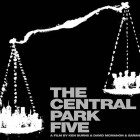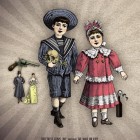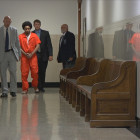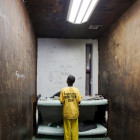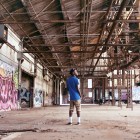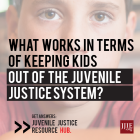
The Skinny on Evidence-Based Practices
|
Social scientist Robert Martinson famously concluded in 1974 that “nothing works” to change the behavior of people encountering the justice system. Fortunately, we’ve come a long way since then. Policymakers and system stakeholders now have an ever-growing set of policies, practices and programs that help youth in trouble with the law change their behavior and make communities safer. And far-sighted policymakers have invested heavily in evidence-based practices in a number of states. Examples include Connecticut and Nebraska (where advocates like the Connecticut Juvenile Justice Alliance and Voices for Children in Nebraska, along with their allies, played a role in the adoption of evidence-based practices).



